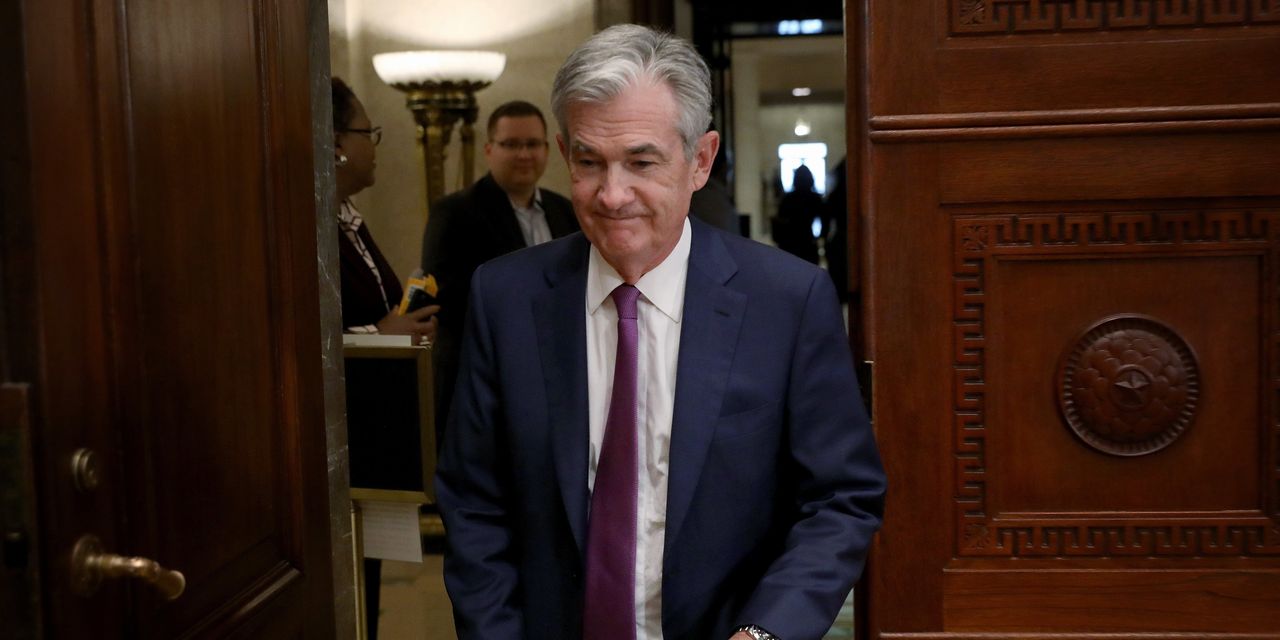Federal Reserve officials in July agreed that it was necessary to move their benchmark interest rate high enough to slow the economy to combat inflation that remained well above their 2% target.
Fed officials said that moving to a “restrictive” stance of policy – high enough to slow growth – was required.
It was also prudent from a risk-management point of view, officials said, “because it would better position the FOMC to raise the policy rate further, to appropriately restrictive levels, if inflation were to run higher than expected.”
At the July meeting, Fed officials voted to raise their benchmark rate by 0.75 percentage point for the second straight meeting, the fastest pace of rate rises since the early 1980s.
At his press conference, Fed Chairman Jerome Powell said that this level of rates was in a “neutral” range. This was a factor in the markets conclusion that the Fed chairman was dovish.
However, according to the minutes, “some” Fed officials disagreed and stressed that the level of the Fed’s benchmark federal funds rate remained “below shorter-run neutral levels.”
On the other hand, “many” Fed officials said they were worried about the risk that the Fed could tighten the stance of monetary policy by more than was necessary.
The Fed will meet again in late September. Officials have said that more rate hikes are appropriate and there is an ongoing debate on whether to raise rates by 50 basis points or another 75 basis point move.
Fed officials were worried about the “significant risk” that elevated inflation could become entrenched if the public began to question the Fed’s resolve to hike rates by a sufficient amount to quell inflation.
While policy firming might slow the pace of economic growth, Fed officials saw the return of inflation to 2% as “critical” to achieving the goal of a healthy labor market.
At the meeting, the Fed staff reported that their forecast for the economy was “noticeably weaker” than in June, and that the unemployment rate should start to rise this year.
The Fed staff forecast that headline inflation, as measured by the personal consumption expenditure index, would be 4.8% at the end of the year and then decline to 2.2% in 2023 and 1.9% in 2024.
U.S. stocks
DJIA,
moved higher after Fed minutes were released. The yield on the 10-year Treasury note
TMUBMUSD10Y,
rose to 2.88%.
